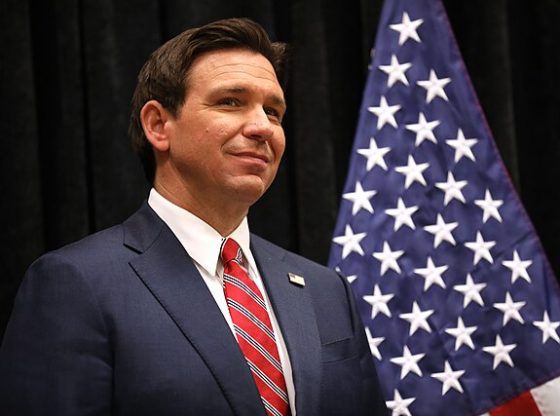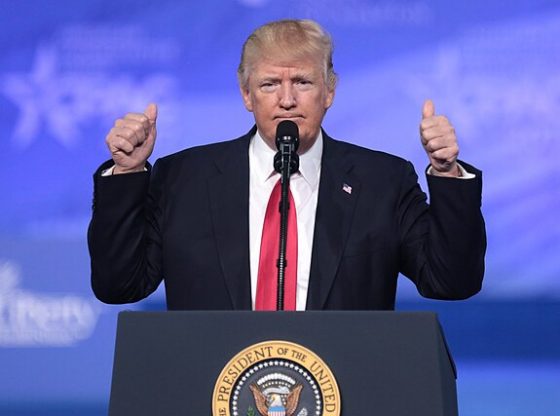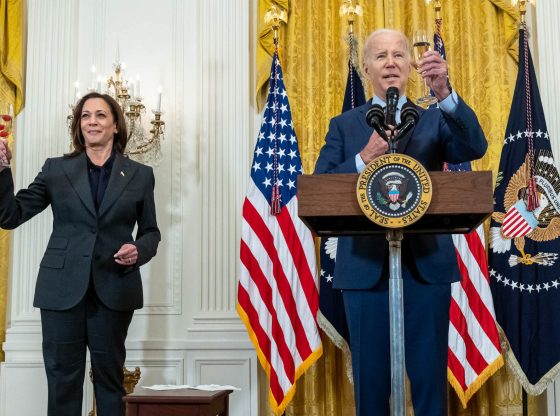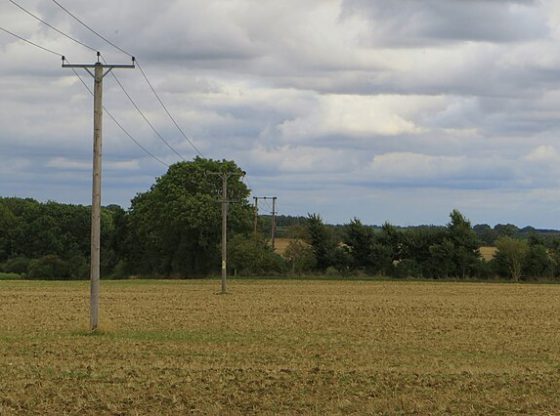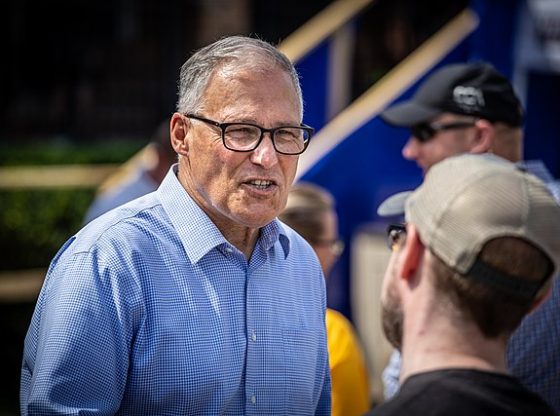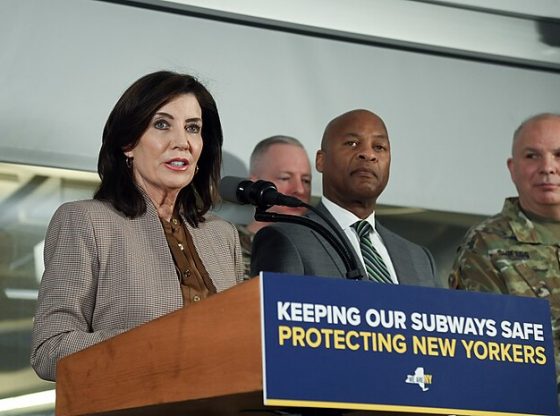With the world so interconnected by the internet today, it’s hard to appreciate that just a half-century ago it didn’t even exist. In fact, social media, your favorite news sites, even the word “online” wouldn’t exist if it weren’t for the transmission of two letters from a computer in Los Angeles to another computer in Menlo Park, California, in 1969.
The internet began with a man named Bob Taylor, who worked with the Advanced Research Projects Agency (ARPA) of the Department of Defense in Washington. He had three computer terminals in his office, each one connected to a different ARPA project in Massachusetts, Los Angeles and Menlo Park.
Taylor became frustrated that he couldn’t communicate with all three projects from one terminal and that the three projects had no way to communicate as a group to share information.
Taylor’s solution — essentially the first computer network — was called ARPANET and completed its first successful transmission that night in 1969 when Charley Kline at the University of California in Los Angeles sent Bill Duvall at the Stanford Research Institute in Menlo Park the message “lo.” The transmission was supposed to say “login,” but the program crashed after two letters. (They got it right within an hour.)
Today, the internet that grew from that innovation connects our laptops, mobile devices, televisions, fitness trackers and more. It’s been an engine of economic growth around the world and has changed the way we communicate, do business and get our news.
“Everyone can watch television, but to go from receiving information to conveying information was a quantum leap, and the internet enabled that,” said Dan Backer, a Washington attorney who works on campaign finance and free speech cases. “Now everyone is, in essence, a media entity, and everyone is able to disseminate their ideas to the general public. I think that is a powerfully democratizing force.”


